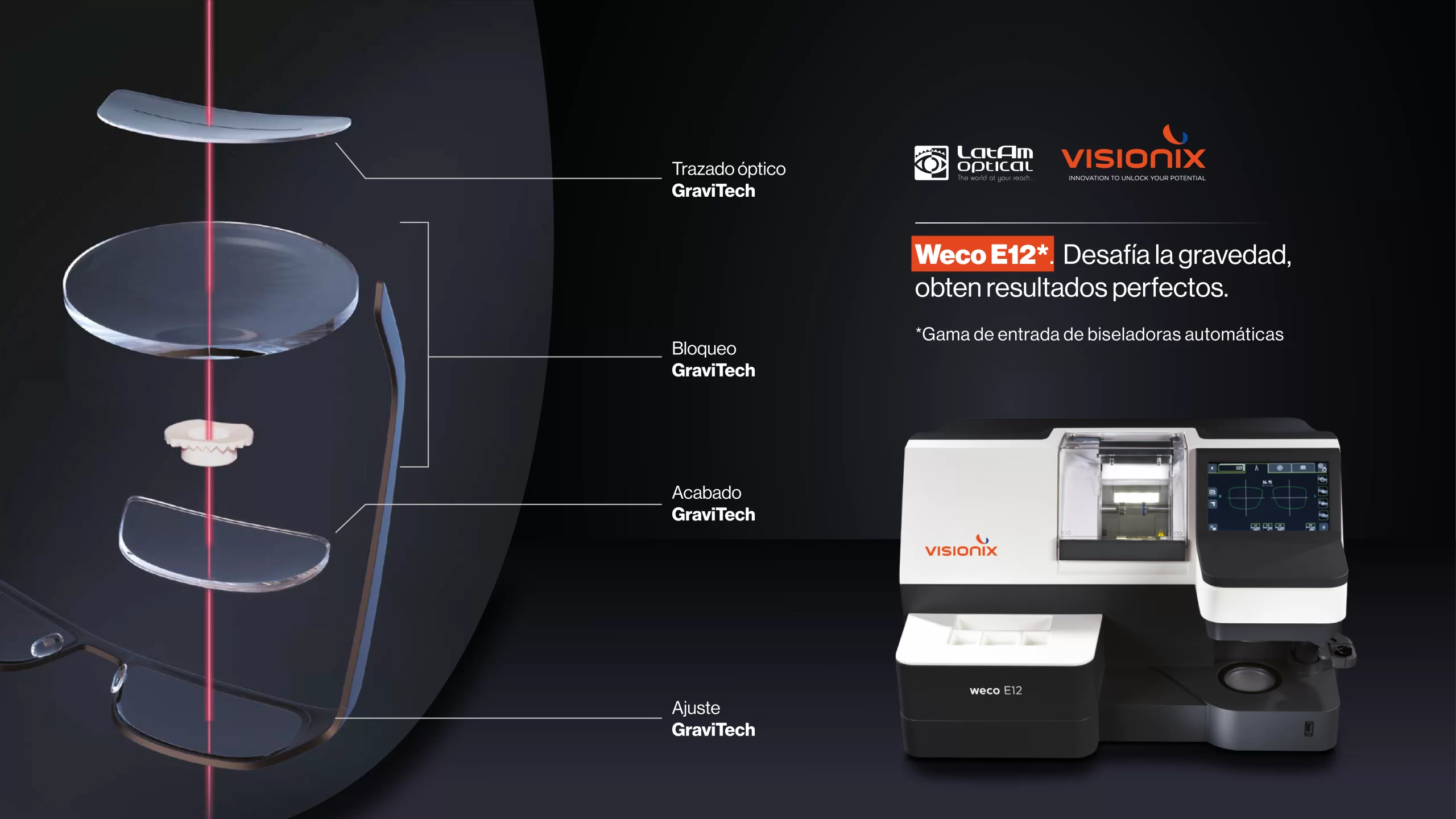To hone the true craft of making a lens, a piece of art is an art in itself. For a person who has just started to edge lenses, some fundamental workspace knowledge is as important as technical knowledge.
Optical lab equipment
To work with finesse is the key when it comes to Optics and specifically Finishing. To begin with, one must have some basic and simple understanding of the processes involved in an optical finishing lab.
Optical lab supplies
While working as an optician, there might come many distractions during your job. You might get pulled away from your optical finishing lab equipment in the middle of processing. When you come back, you certainly would not wish to be confused as to how things are to be continued. Here are some quick tips for finishing lab beginners to deal with such issues. These simple tips might serve as premier lab solutions to new opticians.
Smart work, not hard work
As beginners, it is evident for you to make mistakes such as mixing up lenses and other tools. Always use a tray to keep everything organized and together in place to avoid such a problem. This ensures not just the safety of the lenses but also prevents mixing up of frames, blocks, leap pads, or AR pads. There should be one tray each for a pair of glasses.
Neatness is Preciseness
You might not realize but being neat and organized is the most crucial aspect of working in an optical finishing lab. All your trays should be neatly arranged with a frame, two respective lenses, blocks, leap pads, or AR pads if required.
All your trays should look identical. During a hectic schedule, you will be more confident in your work if all your material and tools are neatly pre-arranged. It will be easier to move them all at once as they will be inside a single tray.
Mark Your Lenses
Before you start working on a particular frame, remember to first mark your lenses. Mark them with initials of «R» and «L» for right and left lens, respectively. After marking, place them on the tray accordingly with the left lens placed on the left side of the tray and right lens on the right side.
Now even if your lenses get mixed up, there is nothing to worry about. You can use an AR pen to write on your lenses.
Consistency Is The Key
Be consistent in your conduct of work. Consistency automatically gives rise to speed. Consistency will also help you catch a mistake before you run a lens and create an error. Not making critical errors often will boost up your confidence, naturally enhancing the quality of your work.
Always Go The Right Way
You should prefer to always work with your right lens first. No matter what part of the process you are working on, be it blocking or grooving or polishing. Always make it a point to start off with your right lens and then continue with the left one. This method is to maintain point number 4, that is, consistency.
Optical Lab Finishing Equipment
Apart from the finishing skills, you will need some optical lab finishing equipment. These equipment come in various models and versions. You must choose the right equipment according to the demands of your work.
Lens Edger
This equipment is used to cut a lens to fit it into the frame. Depending on the configuration, it might be responsible for grooving and polishing, even drilling the lens.
Lens Tracers/Scanner
Used for tracing the lens, thereby improving the accuracy of eyewear production. If the device is built-in to the edger, it is a space saver solution.
Lens Blocker
This device makes sure that a lens is correctly shaped by detecting the optical center. Blocking is the last part of the process before mounting the lens into the frame.
Summing Up
The mentioned optical finishing lab equipment along with Lensmeter, and a few others are premier lab solutions to finishing opticians. However, all the mechanical skills go in vain if an optician is unable to master a few important techniques of optical finishing. These quick tips for finishing lab beginners will help opticians that are new to the finishing process avoid the common mistakes.




